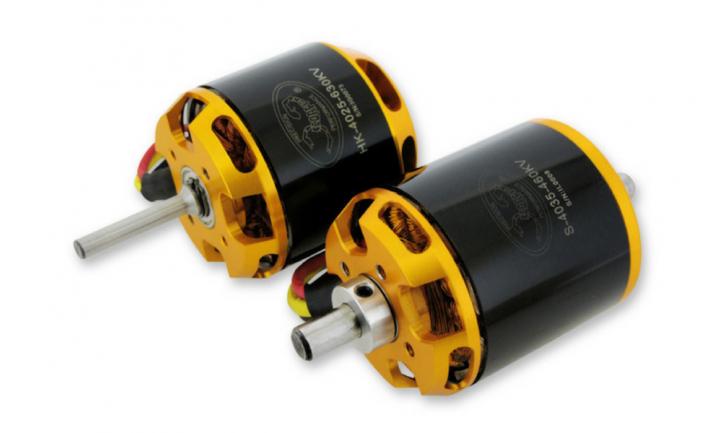What Is a Brushless Motor and How Does It Work?
Image

It’s a given nowadays that almost all modern gadgets and tools come complete with a brushless motor. Mid-19th Century marks the early years of the brushless motor but it stayed on for a while before it became commercial which was around 1962. So what are they anyway?
Put simply, a brushless motor contains a set of electromagnets (coils) connected together in pairs. When current is passed through an electromagnet, there will be the creation of a magnetic field. The coils are paired together in specific sets and so they will be activated in phases so as to create magnetic fields in certain sections of the motor.
The electronic speed controller (ESC) which many like to call the motor controller is a device that regulates the motor by either activating or deactivating certain sections of the electromagnets within the motor. It’s responsible for causing the motor to spin which it does by use of magnetic force.
Use in Drones & Fixed Wing Aircraft
The motor of a drone is what its propellers are connected to. So the spinning of the motor will eventually result in the propeller spinning too hence creating the thrust that enables your drone to fly. When it comes to the fixed wing aircraft, the motors are responsible for generating the forward thrust that pushes the plane forward through the air.
A brushless motor has two major components:
Rotor- the section that rotates and contains magnets mounted alongside its radius
Stator- the section that is stationary and has electromagnets
Types of Brushless motors
Brushless motors come in two different categories:
Outrunner: In this type of motor, the inner part remains stationary while the motor’s outer part spins. It’s common in fixed wing aircraft as well as multirotors mostly due to the fact that they have lower KVs and a better cooling than that of inrunners. On top of that, they can generate more torque and this gives them the power to drive the larger propellers like the ones used in aircraft and multirotors.
Inrunner: This is the exact opposite of the outrunner. The motor’s outer part remains stationary while the inner part spins. Due to their nature, they are mostly used in boats and R/C cars, thanks to their gearing which lets them run motors with higher KVs.
How the Brushless Motor works
Like its conventional counterpart, the brushed motor, the brushless motor also follows the same basic principle when it comes to inner working. Once the motor windings are powered, there will be the creation of a temporary magnetic field that will either attract or repel against the permanent magnets. A force will be produced and then converted to shaft rotation eventually making the motor do the work.
As the shaft goes round, an electric current will be directed to the different sets of winding and this will help maintain the electromotive repulsion and attraction that will make the motor turn continuously.
Unlike the brushed motors, the brushless motors don’t include a commutator which is primarily the reason for their lower electromagnetic interference, reduced complexity, and maintenance. Best of all, they can develop a decent speed response, high torque and give you easy time controlling them with a motor control unit (MCU). Above all else, they are able to operate in a vast speed range which means you’ll have a fine motion control and also be able to hold torque while its stationery.
Well, that’s the most important information you will ever need to learn about brushless motors. Hopefully, you will be a better position to make a decision on whether to opt for it or not or basically to understand better what they are and how they actually work.





